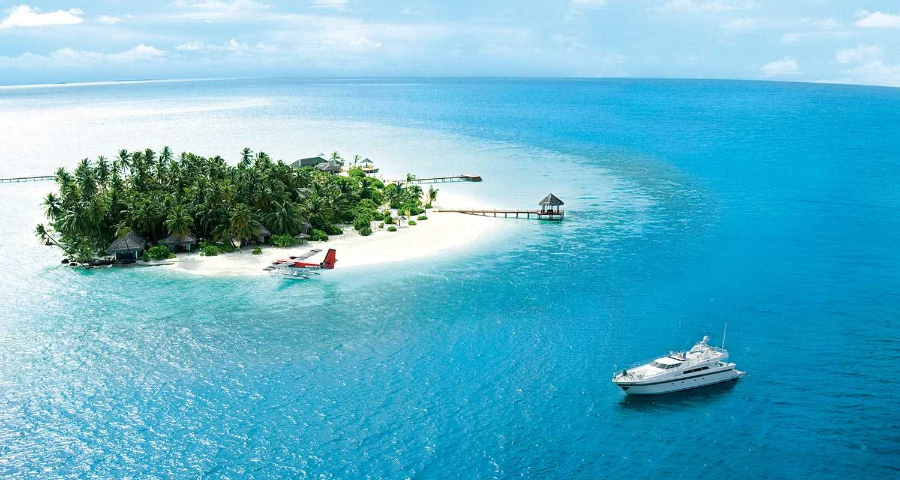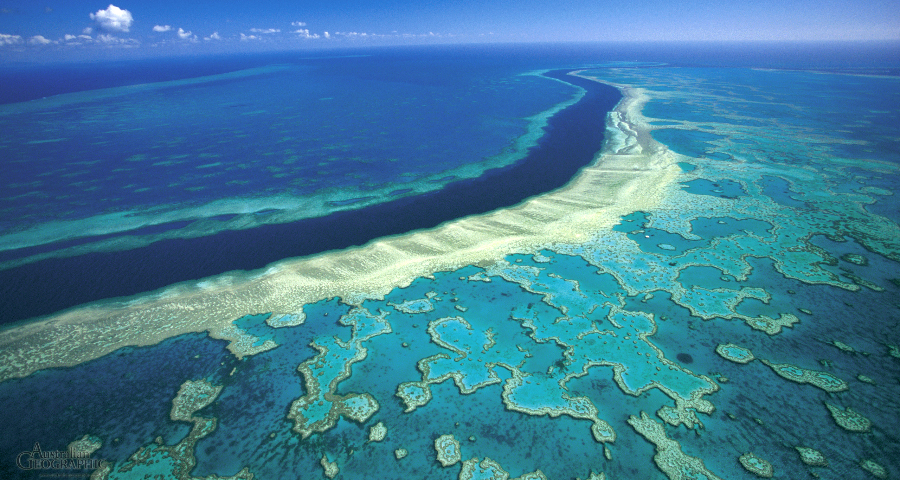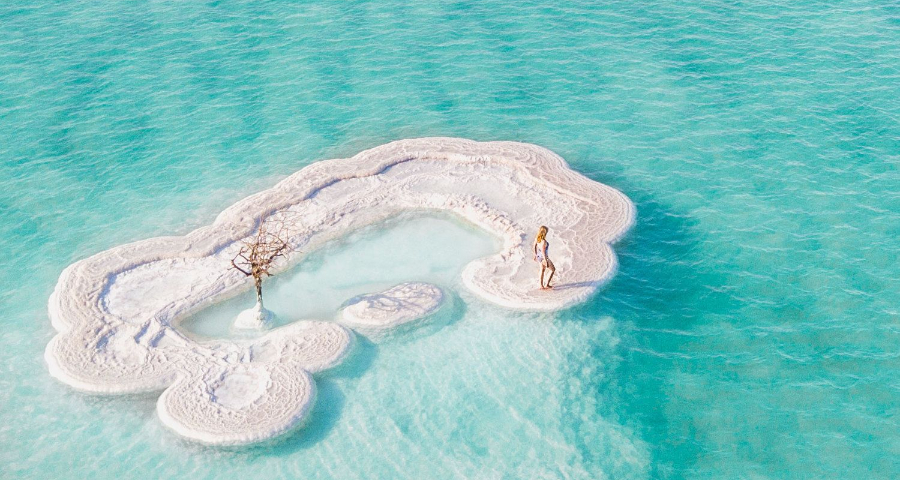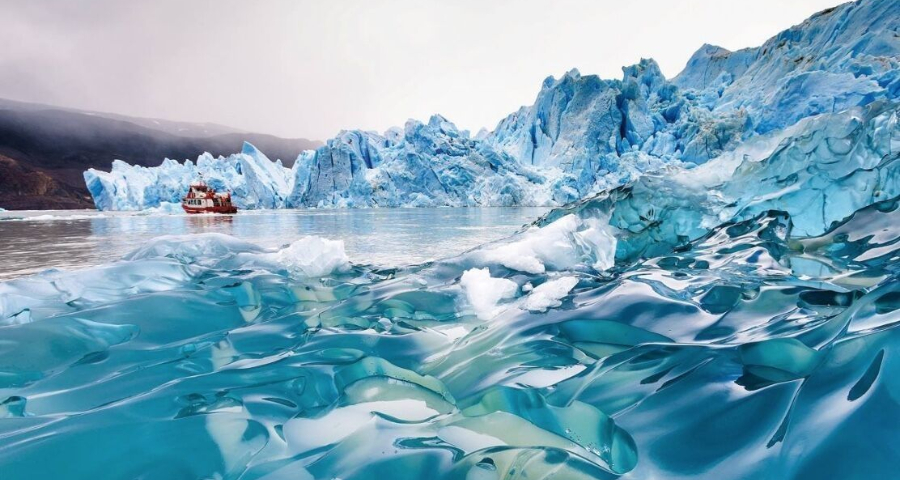

Global warming poses a serious threat to our planet. In just a few decades, these stunning places could disappear from the map!
Rising sea levels, climate change, desertification, glacier melt, ocean acidification. These are just a few of the issues that have a significant impact on the future of our planet. The following locations may disappear from the surface of the Earth within just a few decades...
The Maldive Islands
This stunning archipelago is located at the southwestern tip of India and was named by Marco Polo: the "Flowers of the Indian Ocean." The picturesque Maldives, made up of 1,200 islands, has 80% of its area lying less than one meter above the average sea level. It is no surprise, then, that this unique paradise is currently facing a significant threat from the rising levels of the oceans. The problem has become so severe that it was recently announced that the government will soon begin purchasing land in other countries for local residents. According to some predictions, the Maldives will become uninhabitable for permanent human settlement within a century.

The Great Barrier Reef
Off the coast of Australia, the Great Barrier Reef is the largest and most beautiful coral reef in the world.The mesmerizing underwater world, filled with vibrant colors and diverse shapes, provides divers with an unforgettable, once-in-a-lifetime experience. This place is home to countless unique fish species, such as the nurse shark and the wrasse. However, ocean acidification, pollution, cyclones, and rising ocean temperatures have caused many problems, leading to widespread coral bleaching in the area. Over the past three decades, more than half of the Great Barrier Reef has disappeared, and estimates suggest that under current conditions, the remaining portion could be destroyed as early as 2030. It is shocking to think that such a unique phenomenon, which took mother nature over 8,000 years to create, could vanish within our lifetime.

The Dead Sea
With a salinity of 33.7%, the Dead Sea is the saltiest body of water in the world, nearly eight times saltier than the ocean, making it a true treasure trove. Thanks to its high salt content and the mineral-rich mud, it works wonders on the skin. Centuries ago, both Cleopatra and King David’s wife, Abigail, visited this place, and since then, millions of people from around the world have followed their example. Over the past forty years, this vast salt lake has shrunk to a third of its original size, and the water level has dropped by more than 20 meters. Since the Dead Sea’s only significant water source is the Jordan River, estimates suggest that the lake could completely disappear within 50 years.

Patagonian Ice Fields
After Antarctica and Greenland, Chile is home to the largest ice field in the world, which, at first glance, feels as if we’ve landed on an alien planet. The striking natural phenomenon, known as the Perito Moreno Glacier, is particularly vulnerable to global warming. Researchers believe that the glaciers are currently melting 100 times faster than at any other time in the past three centuries. It is also concerning that several dozen glacial lakes have disappeared in just the past five years.

Madagascar
The world's fourth-largest island, Madagascar, is home to some of the Earth's most beautiful tropical rainforests and the most diverse wildlife. Thanks to its isolation, it boasts a unique natural environment. Around 5% of the species on Earth are found only here, nowhere else on the planet. Additionally, roughly 10,000 plant species live on the island, 90% of which are endemic, meaning they are found only here. However, the ecosystem is now under serious threat from poaching, deforestation, and various fires. If serious efforts are not made to save the island, it is estimated that the rainforest could disappear within 30 to 40 years.
